The principles used in regenerative agriculture are not new concepts to many, but the terminology may be.
The terminology may be overwhelming and confusing, in part, because different people define the same word differently.
Agriculture is complex and impossible to categorize neatly into different boxes. Because of this, you may hear various terms that attempt to define systems, philosophies, practices and other aspects of agriculture. Often, they overlap or are used interchangeably.
Below we share the Noble perspective of commonly used words or phrases in regenerative agriculture and regenerative ranching.
Our hope is that this list will jumpstart your understanding of regenerative agriculture and guide you as you begin to dive deeper into applying ecological principles to your land.
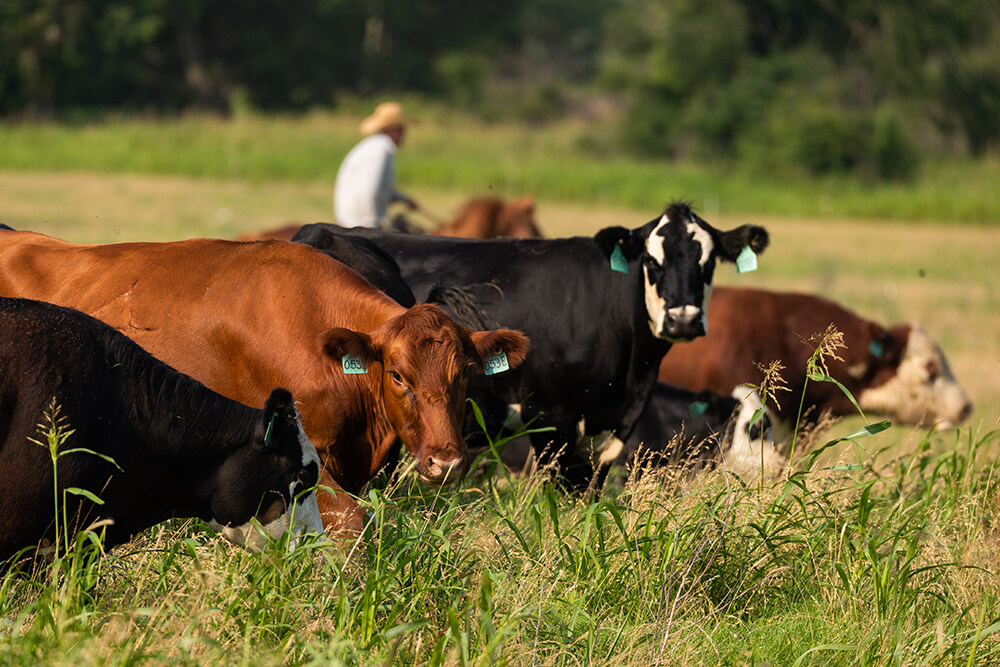
Agricultural Management Philosophies
Regenerative agriculture
The process of restoring degraded soils using practices based on ecological principles
Regenerative agriculture is focused on taking a piece of land and making measurable improvements to it — reversing degradation, rather than simply keeping the existing system functioning.
Regenerative agriculture is done in a way that considers the soil, water, plants, animals and humans as interconnected pieces of one whole system, which ultimately benefits each individual piece.
In general, regenerative agriculture promotes:
- Building soil organic matter and biodiversity.
- Healthier and more productive soil that is drought- and flood-resilient.
- Decreased use of chemical inputs and subsequent pollution.
- Cleaner air and water.
- Enhanced wildlife habitat.
- Capturing carbon in the soil to combat climate variability.
With regenerative agriculture, you are not just sustaining the current land resource so that it can continue to be used in the future. You are actually improving what is there, leaving it better for future generations.
Our view of regenerative ranching shares much in common with holistic management (see below), particularly its emphasis on setting goals, the interconnectedness of the land (which includes people and profitability) and ecological processes (water cycle, nutrient cycle and energy flow in addition to community dynamics), and monitoring and adjusting as needed.
However, our view of regenerative ranching is more broadly focused on rebuilding organic matter, carbon and biodiversity in grazing land soils, whether that is on introduced pasture, cropland on which annual forages are grown or native rangeland. (Holistic management is most applicable on native range.)
With regenerative agriculture, we want to restore the soil’s ability to cycle nutrients and to add a diversity of species to the soil and land. This will allow us to eliminate dependence on applied fertilizer (synthetic and biological external to the natural system) and pesticides while increasing productivity and profitability.
However, we want to be careful about blanket-statements that judge a particular tool or practice as “good” or “bad.” For example, there may be times when it would be appropriate to use fertilizer to jumpstart production in soils with a severe nutrient deficiency or to use an herbicide to reclaim an area overtaken by brush.
We will keep all tools available in our toolbox so that we can manage in ways that both improve the land and producer profitability. We will be intentional on the judicious use of those tools available to us.
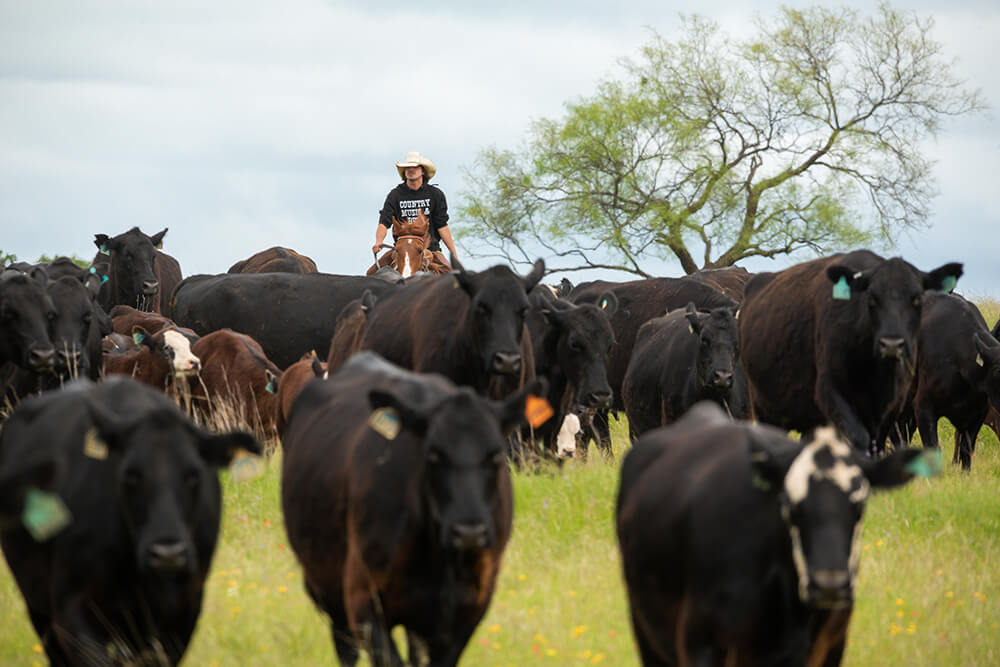
Regenerative ranching
The process of restoring degraded grazing lands using practices based on ecological principles
Regenerative ranching is regenerative agriculture specific to grazing lands.
Conventional agriculture
Agriculture systems that rely on synthetic fertilizers, pesticides and other synthetic products, as well as tillage in the case of cropland, to keep up production, all of which when properly applied would be considered best management practices in today’s agriculture industry; also implies continuous grazing and rotational grazing outside the context of adaptive managed grazing
No two farms or ranches will look exactly alike. However, in general, these systems are managed largely with a focus on increasing yields and overall production.
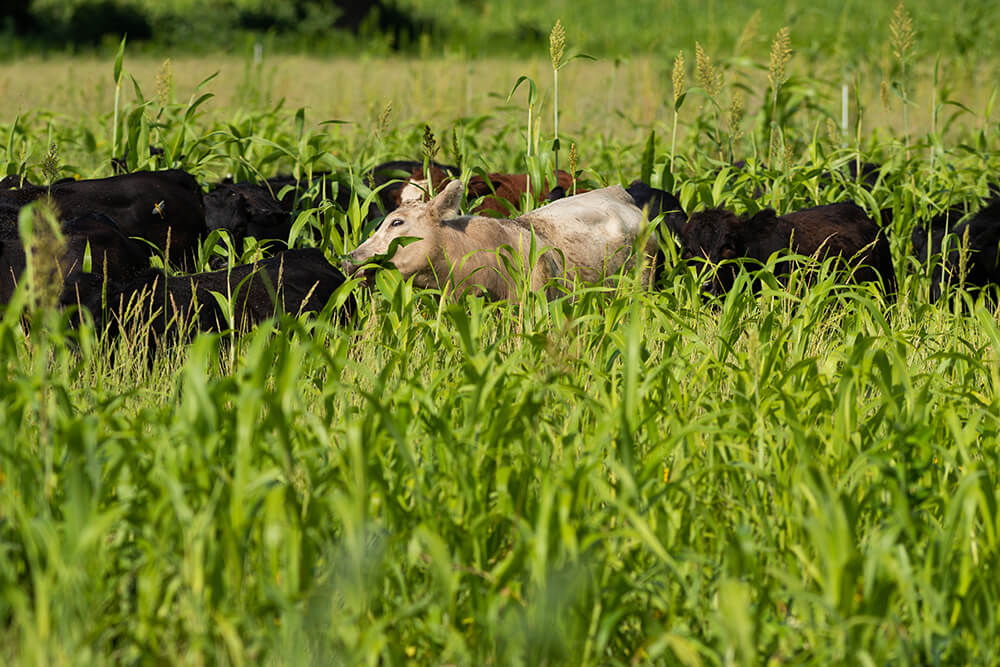
Holistic management
A decision-making framework developed by Allan Savory, a Zimbabwean ecologist, beginning in the 1960s
In simplified terms, holistic management is a mindset that requires you to recognize that nature is made up of various interconnected parts and that a land manager’s personal and economic well-being is tied to the health of the land. Essentially, you make decisions that take into consideration the short- and long-term effects on ecology, profits and humans.
Holistic management also emphasizes an understanding of ecological processes, such as the water and mineral cycles, energy flow, and community dynamics.
The framework asks producers to define their operations, including who is responsible for making decisions and what resources they have available. Then, they must articulate their “holistic context,” which is essentially their goals and vision for what they want their life to look like as well as what they want for the land they manage hundreds of years into the future.
Holistic management practitioners run every decision through a series of checks to see if a particular action is aligned with their “context.” Then they continually monitor their ecology, profits and social factors, and adapt in ways that keep them moving toward their goal.
To learn more about holistic management, visit:
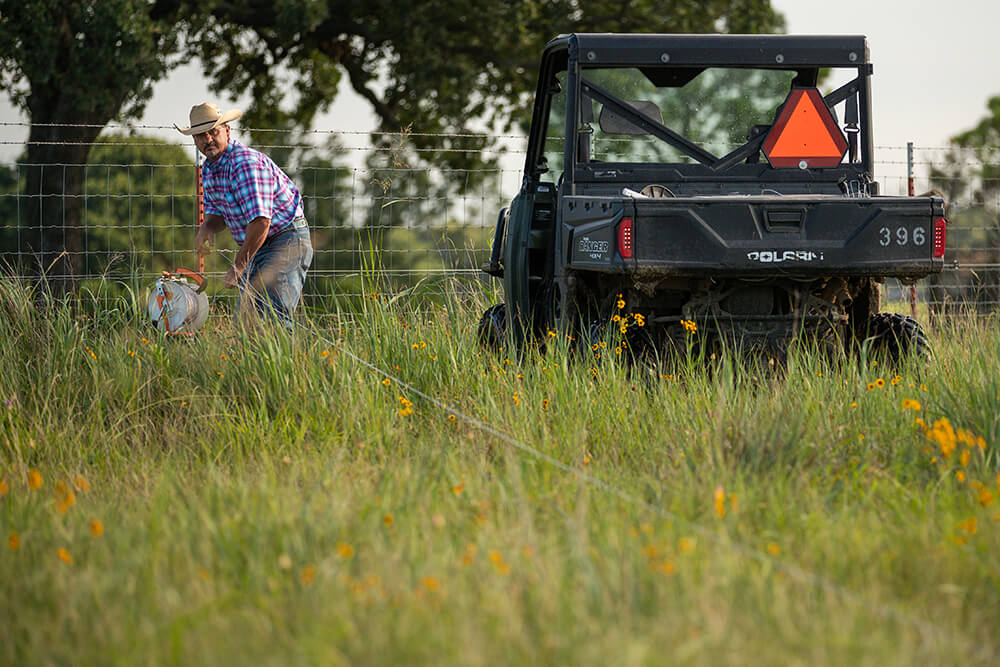
Land stewardship
Responsibly applying ecological principles in land management by taking into account both the people and the land in order to strengthen the relationship between them
Stewardship is about applying principles over practices. It is using your time, money, talents and other resources wisely, with respect to the needs of the whole community (soil, water, air, plants, animals and humans).
In regenerative agriculture, stewardship is at the core of each of the ecological principles — and ultimately each decision a land manager makes.
A regenerative producer manages according to ecological principles and decides which practices to use based on those principles, depending on the weather, climate and other situational factors. They also continually monitor and adjust as needed.
When producers rely on ecological principles to guide them to appropriate management practices, they become successful land stewards.
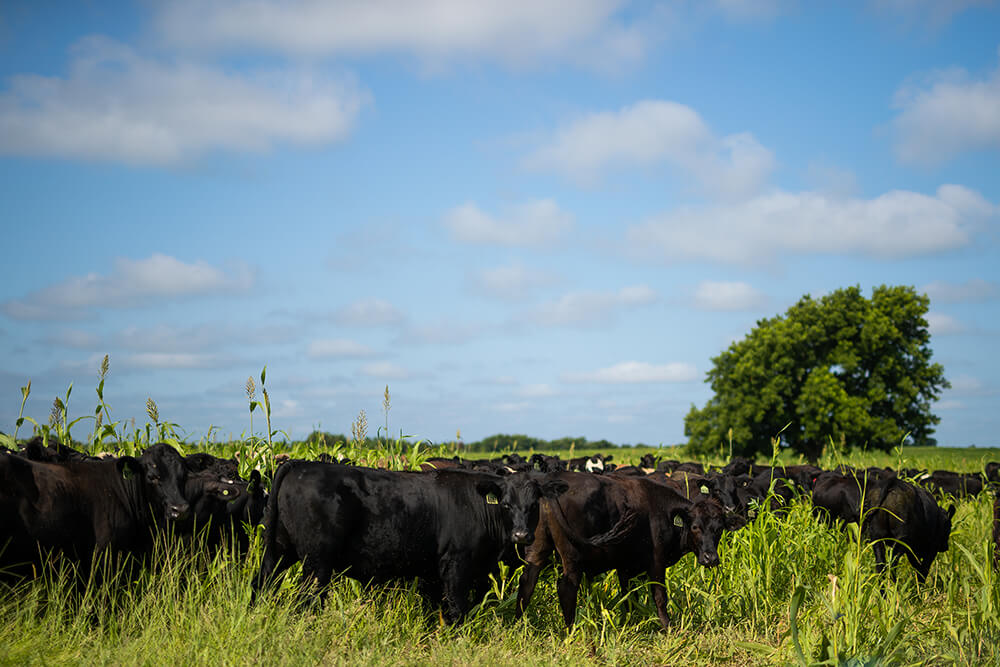
Managed grazing
Refers to several different grazing techniques or systems that have been developed to mimic the natural movement and grazing of herd animals
Those who practice regenerative agriculture typically use a form of managed grazing. Different managed grazing techniques include:
- Management intensive grazing (MiG): A managed grazing system developed by Jim Gerrish, state forage and grazing research and extension specialist for Missouri in the 1980s, for producers with mostly introduced pastures (those with varieties planted for desired characteristics) to optimize grazing resources for greater production using temporary electric fences to create multiple paddocks for greater control of grazing management
MiG is one of the best-known named grazing systems. Those who use MiG may use synthetic fertilizer. However, it is planned and truly managed for specific outcomes.
Annual and perennial forages are established to extend the grazing season and managed to meet livestock needs. In addition, MiG practitioners may incorporate legumes into grasses to increase biodiversity and add natural fertility.
The goal is to move cattle every day or every couple of days, allowing cattle to get the best forage and then cycling them out quickly to allow for rest and recovery. Less time is generally needed for rest and recovery of introduced forages than most native grasses. - Adaptive multi-paddock (AMP) grazing: Combines holistic management principles with some MiG grazing principles
AMP grazing emerged as another grazing technique, or system, in 2010. It was first described by Richard Teague, Ph.D., range ecologist and researcher in Texas, and Allen Williams, Ph.D., of Understanding Ag.
AMP grazing strives to enhance the natural ability of the soils and forages to cycle nutrients and improve soil health and structure in pastures while minimizing use of fertilizers and pesticides. AMP seeks to restore biodiversity and relies on the Three Rules of Adaptive Stewardship. - Mob grazing: Closely linked to a MiG grazing approach with very high stock densities of animals grazed on small portions of pasture for very short periods of time (also called “high stock density grazing”)
Typically, with this technique, temporary electric fences are used to make small temporary paddocks, and animals are moved to fresh pasture multiple times per day.
Although this managed grazing approach does not prohibit use of fertilizer and herbicides, it strives to avoid using synthetic inputs.
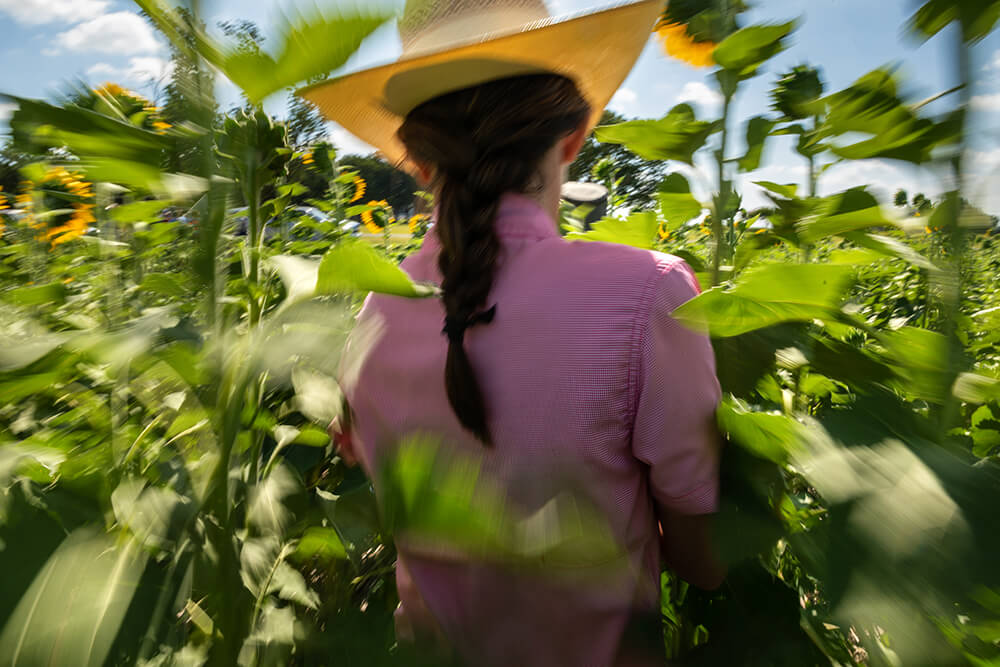
Organic
Refers most broadly to anything that is biological, or derived from living matter, such as in soil organic matter — or the basis of soil fertility; more specifically refers to the U.S. Department of Agriculture certified organic program
Organic farmers and ranchers must adhere to strict standards and go through a certification process each year. Any synthetic substance they use must be on an approved list.
Producers may choose to use some of the same methods that organic producers use, but they cannot market their product as such without being certified organic — a process that takes a great deal of time and expense.
Read more about the difference between organic and regenerative agriculture.
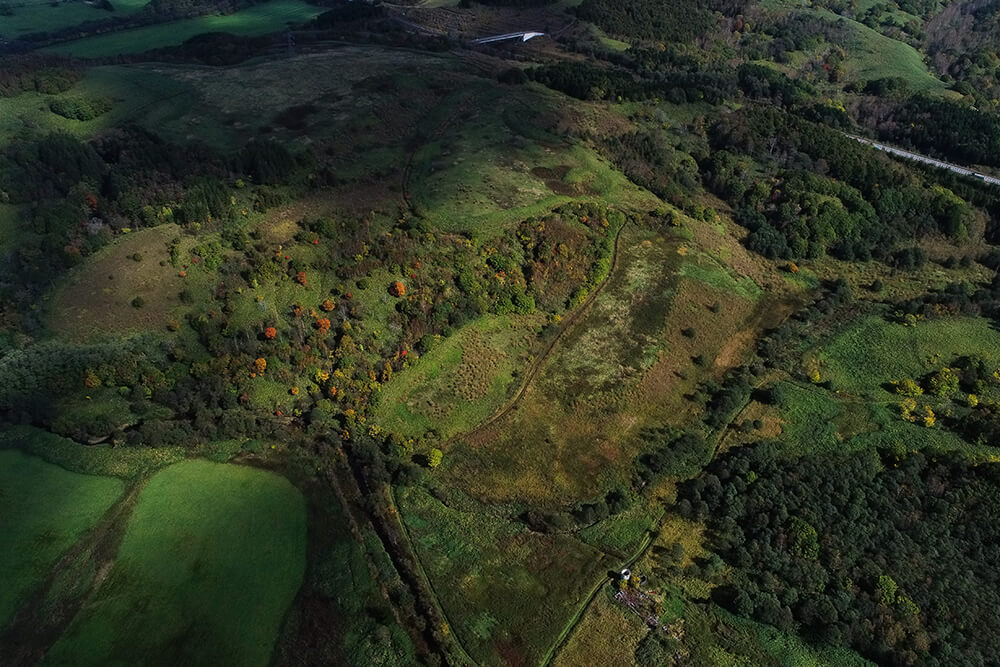
Sustainability
An integrated system of plant and animal production practices having a site-specific application that will over the long-term satisfy human food and fiber needs; enhance environmental quality and the natural resource base upon which the agriculture economy depends; make the most efficient use of nonrenewable resources and on-farm resources and integrate, where appropriate, natural biological cycles and controls; sustain the economic viability of farm operations; and enhance the quality of life for farmers and society as a whole (legal definition, from USDA)
The movement to be more sustainable in agriculture was born from a desire among scientists and farmers who began to ask, “How can we cut back on synthetic fertilizers and pesticides?” after recognizing the damage excess nutrients were causing when leaching from soils, most dramatically combining with urban pollution to create dead zones like the one where the Mississippi river enters the Gulf of Mexico.
Some outcomes of the sustainability movement have been ways to build buffer zones between fields and streams and rebuilding ecology along waterways to soak up excess nitrogen and phosphorus before they hit the streams.
Sustainability has also focused on building better plants that can take in and use more of the nutrients they receive and on practices, like cover cropping, that help prevent erosion.
These sustainable practices focus on producing food and fiber in a way that can continue long-term. It can be conventional production done in an environmentally conscious manner. The difference between sustainability and regenerative agriculture is that regenerative agriculture seeks to take a piece of land and make measurable improvements to it — reversing degradation, rather than simply keeping the existing system functioning.

Land Ecology
Biodiversity
The variety of all living organisms and their various forms and interrelationships
Nature is made up of a diverse set of organisms. Organisms are aboveground and belowground. Some are large enough to see, while others are microscopic.
Each of the organisms — including microbes, insects, plants and wildlife — in this diverse set play a vital role in maintaining a healthy system.
In regenerative agriculture, a key principle is to mimic and rebuild the diversity that nature offers and to avoid managing a single species.
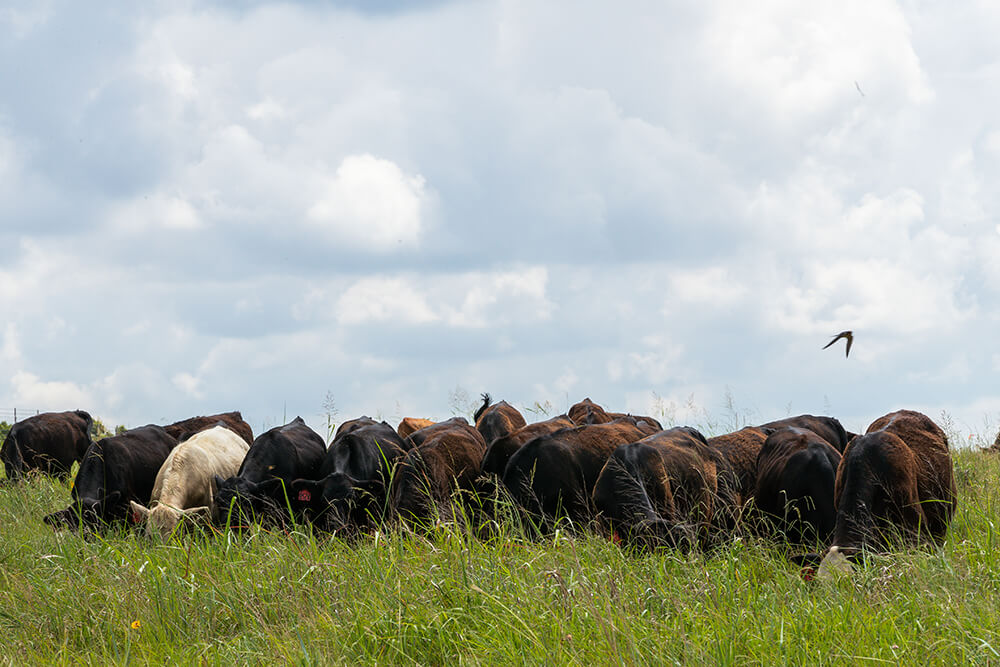
Ecosystem
Includes all of the living things (plants and animals) in a given area that interact with each other and also with their non-living environments (weather, climate and atmosphere)
Ecosystems are made up of soil, water, air, plants, animals and humans that rely on one another to exist.
Regenerative agriculture focuses on renewing and rebuilding functional ecosystems — or the natural ability of these communities to function in healthy and productive ways — with principles derived from mimicking healthy native systems (called ecological principles).
These principles recognize that the individual parts of the ecosystem function as one system through four interconnected processes: the water cycle, nutrient cycle and energy flow as well as community dynamics.
Read more about the importance of managing ecosystems.
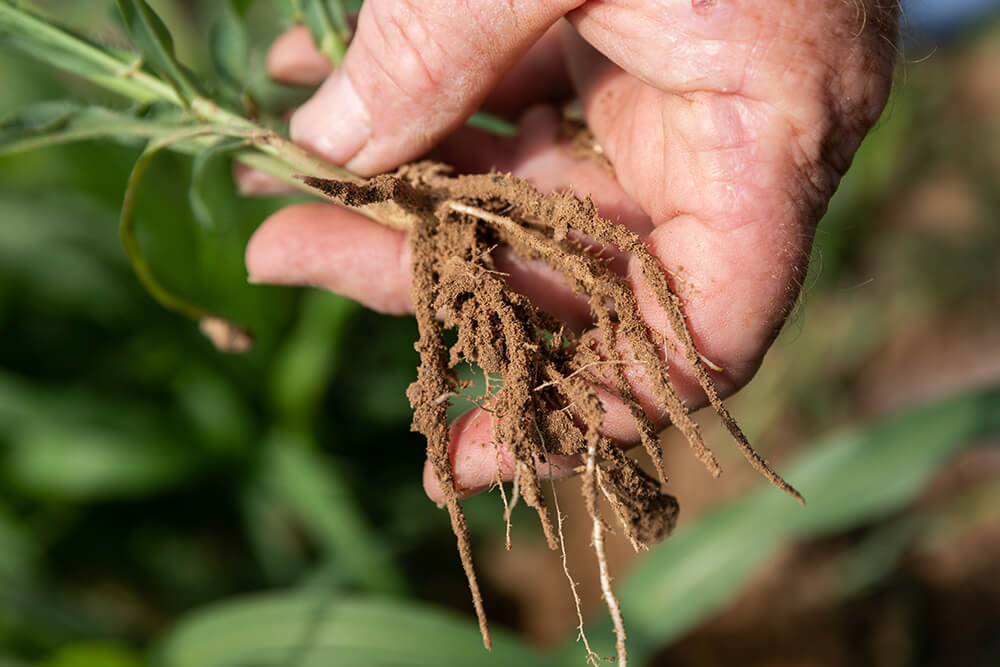
Soil health
The continued capacity of the soil to function as a vital living ecosystem that sustains plants, animals and humans
Much like human health, soil is a complex ecosystem that requires proper care. The proper function of soil is directly related to the management that is applied to it.
In regenerative agriculture, a key objective is to improve soil health.
Improving soil health begins with following these six soil health principles:
- Know your context.
- Cover the soil.
- Minimize soil disturbance.
- Increase plant diversity.
- Maintain continuous living plants/roots.
- Integrate livestock.
Read more about the six principles of soil health.
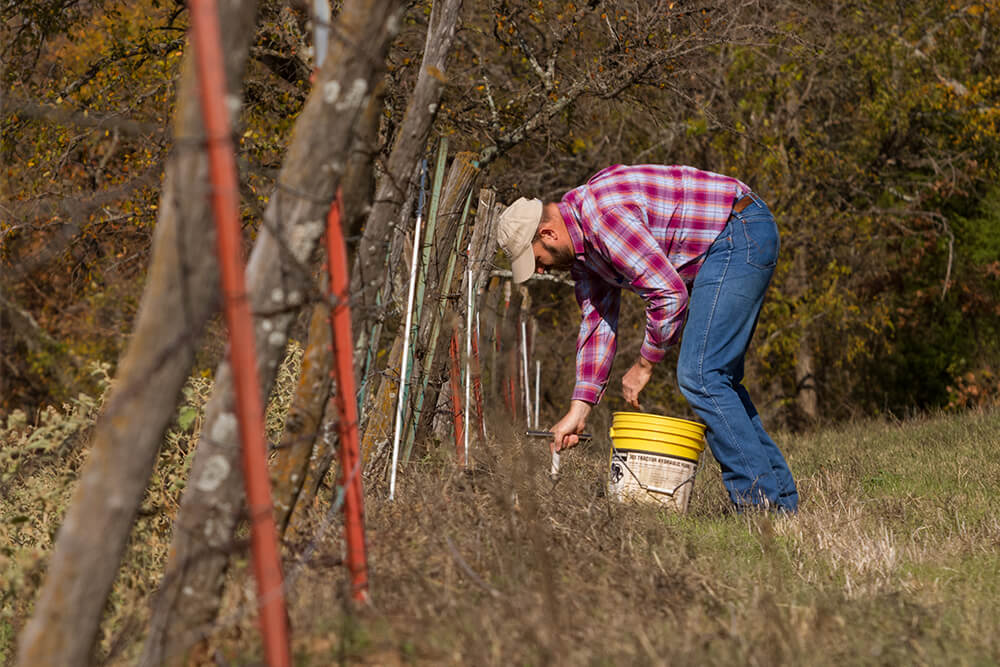
Soil organic carbon
A measurable component of soil organic matter.
Organic matter makes up just 2-10% of most soil’s mass and has an important role in the physical, chemical and biological function of agricultural soils.
Plants absorb carbon from the air and eventually return it to the soil as plant residue, which builds soil organic carbon.
In regenerative agriculture, a key principle is to increase soil organic matter and soil organic carbon through the use of proper management strategies that improve carbon retention.
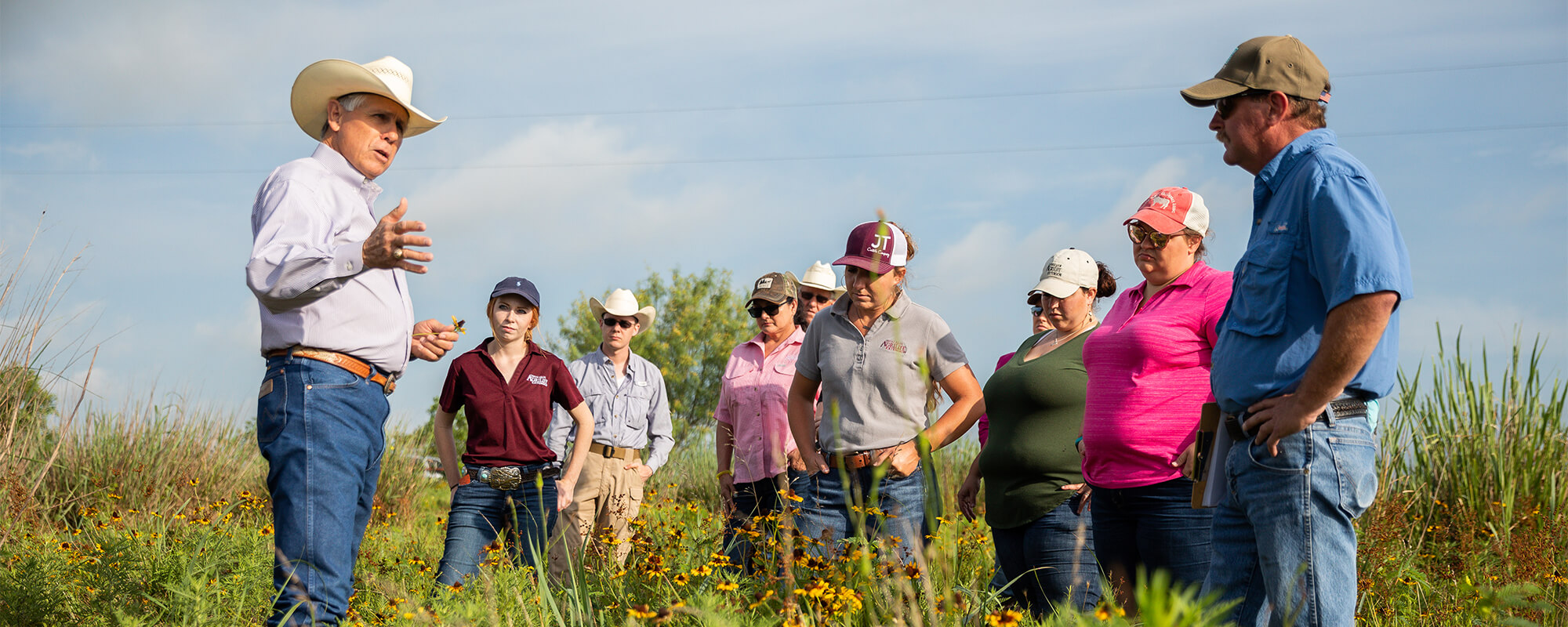


Comments